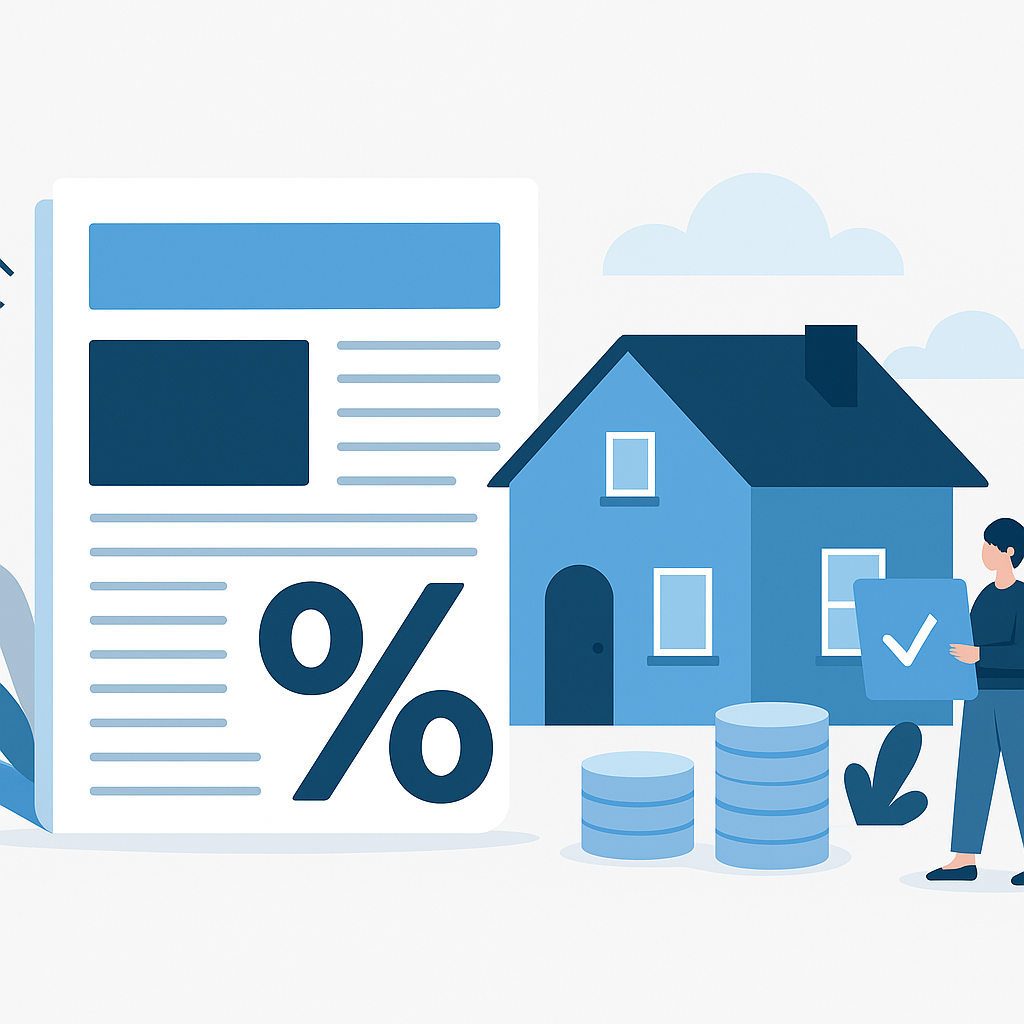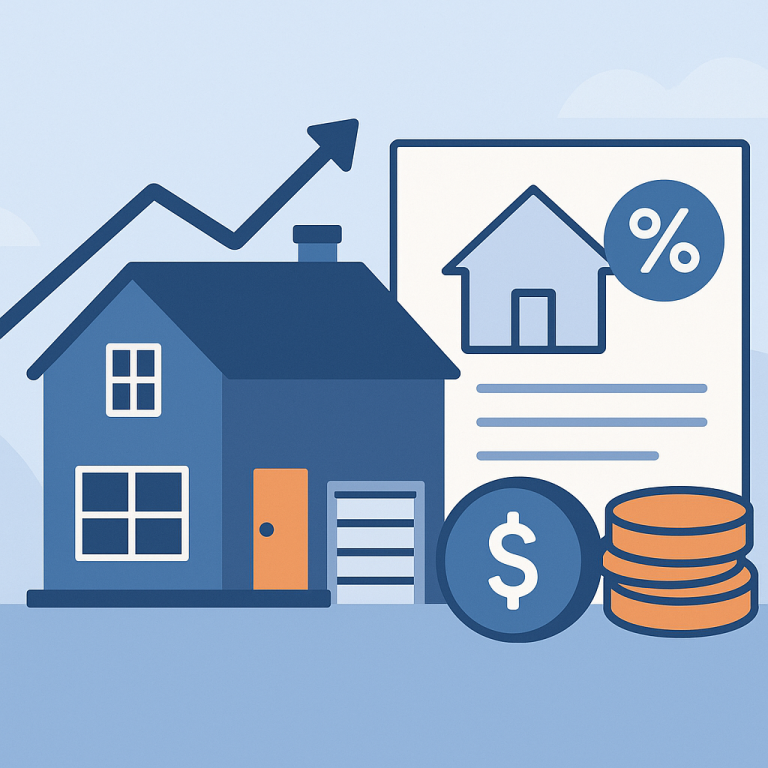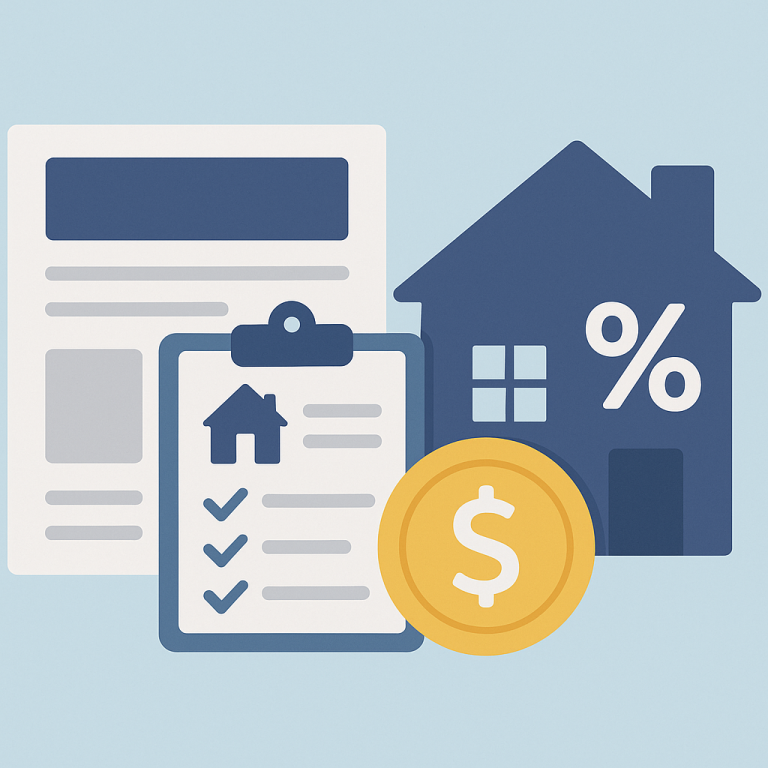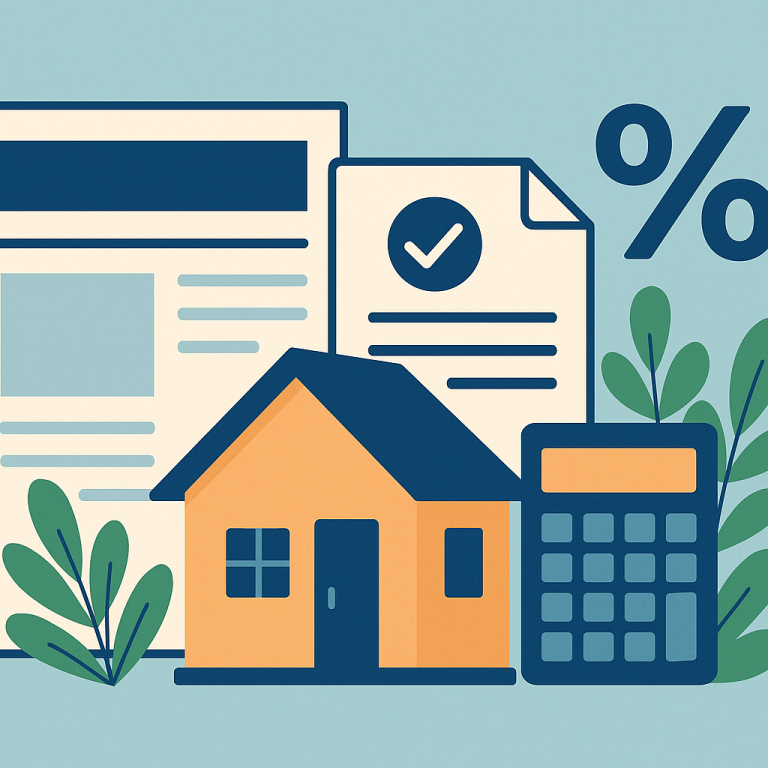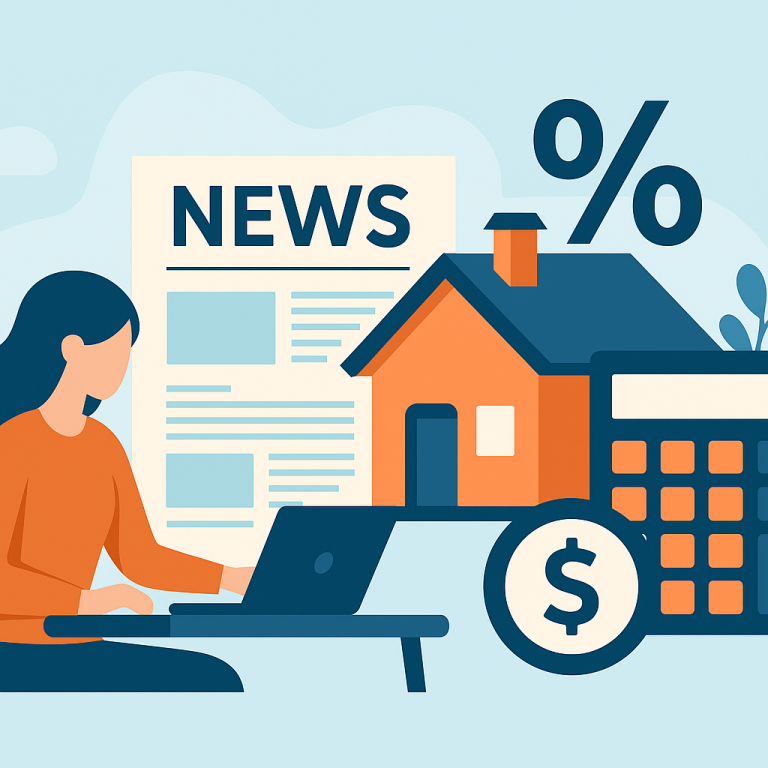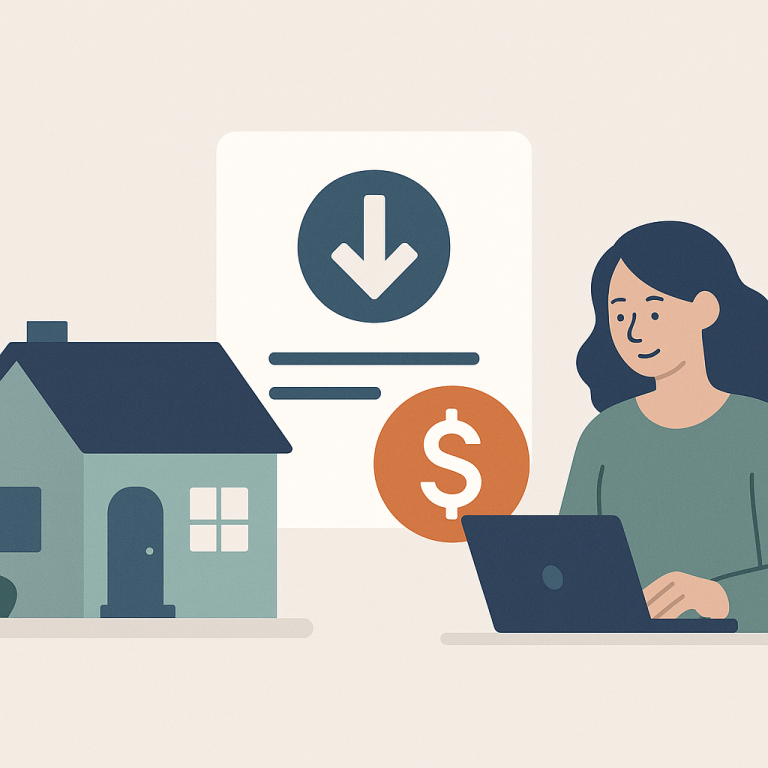30-Year Mortgage Refinance Rates Drop to 5.25% After Bond Market Rally
Moderating Mortgage Rates Make Refinancing Attractive — But Closing Costs and Break-Even Time Matter
As mortgage rates ease from their recent peaks, refinancing activity is picking up across many markets. For homeowners with older, higher-rate loans or adjustable-rate mortgages that are approaching a reset, the opportunity to lock in a lower fixed rate can deliver meaningful monthly savings. However, the decision to refinance hinges on more than the headline interest rate: closing costs, the remaining term on the current mortgage, and the homeowner’s plans all determine whether refinancing is financially sensible.
Lenders report greater demand from borrowers who want to move from variable to fixed payments or shorten their loan term to accelerate equity accumulation. At the same time, competition among lenders has led to more rate options and occasional promotional incentives. That dynamic can help homeowners who do the upfront comparison work, but it also increases the importance of carefully comparing loan offers rather than focusing solely on advertised rates.
Key considerations for homeowners evaluating a refinance include the total cost of getting a new loan, how long it will take to recoup those costs through lower monthly payments (the break-even horizon), and non-rate factors such as changes to loan duration, mortgage insurance requirements, and the potential for prepayment penalties. Homeowners who plan to sell or move in the near term should be cautious: a longer break-even period can erase the benefit of lower interest in practice.
Who Benefits Most
Certain homeowner profiles tend to gain the most from refinancing when rates moderate:
- Borrowers with adjustable-rate mortgages that are set to reset to higher payments, who want the stability of a fixed rate.
- Owners with older mortgages at substantially higher rates than those currently offered, particularly if they intend to stay in the home long enough to recoup costs.
- Homeowners who can increase their credit score or reduce their loan-to-value ratio through recent payments or home value appreciation, unlocking better pricing.
Practical Steps Before You Refinance
- Calculate the break-even point: divide total refinance costs by the expected monthly savings to estimate how long until the refinance pays for itself.
- Compare multiple lender quotes: look beyond the nominal rate to annual percentage rate (APR), closing costs, and origination fees.
- Check for prepayment penalties on your existing loan and factor any required payoff costs into the refinance math.
- Decide whether to shorten the loan term or keep the same term; shorter terms usually raise monthly payments but reduce lifetime interest.
- Consider the purpose of cash-out refinancing carefully: using home equity for high-return investments or essential needs can be justified, but tapping equity for short-term expenses can be costly.
- Confirm tax implications with a tax professional if deductibility of interest affects your calculations.
Refinancing can reduce monthly payments, lower total interest paid, or introduce greater payment stability. The most successful refinances result from clear goals, careful comparison shopping, and a realistic assessment of how long the homeowner expects to remain in the property. For many borrowers, the current environment presents useful refinancing options — but the net benefit depends on individual circumstances and a disciplined cost-benefit analysis.
Homeowners considering a refinance should gather current loan documents, recent pay stubs, and a few lender estimates to run the numbers before committing.
META: refinance trends, homeowner takeaways, break-even analysis, lender comparison

